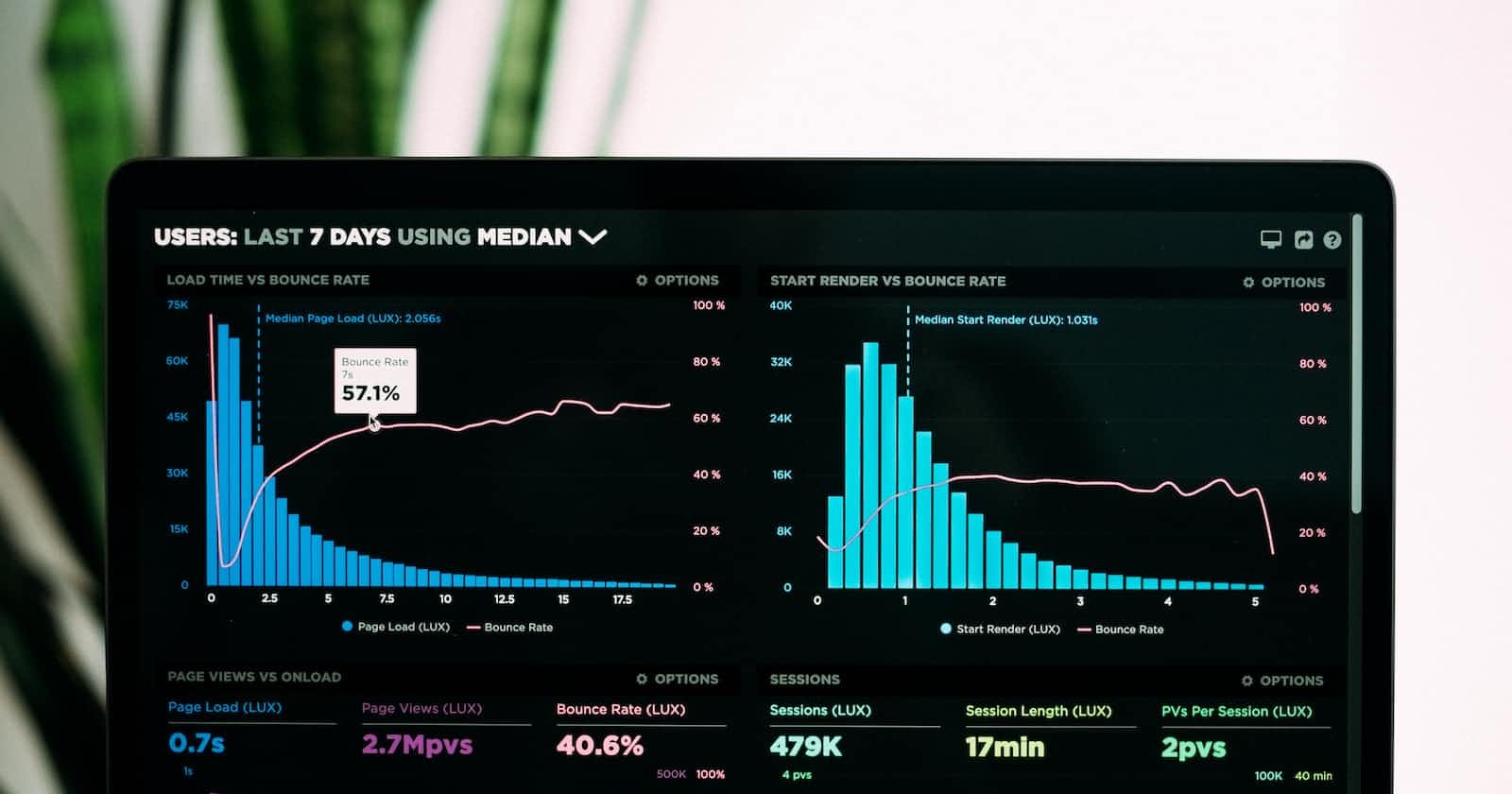When it comes to measuring the success of your product, it's important to go beyond basic usage and revenue metrics. While these metrics are helpful, they don't provide a complete picture of your product's overall health. That's where product health metrics come in.
What are product health metrics?
Product health metrics are a set of key performance indicators (KPIs) that provide insights into the underlying factors that drive usage and revenue, and help you understand how well your product is meeting the needs of your users. They give you a more holistic view of your product's success than usage and revenue alone.
Think of product health metrics as vital signs for a living organism. They provide an indication of the product's overall health and help you identify areas that need attention. By monitoring product health metrics over time, you can track the impact of changes you make to your product and ensure that it continues to thrive.
Example of product health metrics
User Engagement: This metric measures how actively users are engaging with a product or service. It can be measured by tracking metrics such as daily active users (DAU), time spent on site, and feature usage.
These metrics provide insight into how frequently users are engaging with your product and which features are most popular. By monitoring user engagement metrics, you can identify areas of your product that need improvement and make data-driven decisions to improve user experience.
Retention Rate: This metric measures the percentage of users who continue to use a product or service over time. A high retention rate is a sign that users are finding value in the product and are likely to continue using it in the future.
A high retention rate can also lead to increased revenue and customer loyalty. By monitoring the retention rate, you can identify trends and patterns in user behavior and take action to improve retention.
Customer Satisfaction: This metric measures how satisfied users are with a product or service. It can be measured using metrics such as Net Promoter Score (NPS) or customer satisfaction surveys.
Customer satisfaction metrics provide insight into how well your product is meeting the needs of your users and where there is room for improvement. By monitoring customer satisfaction, you can identify areas of your product that need improvement and take action to improve the user experience.
Technical Performance: This metric measures how well a product or service is performing from a technical perspective. It can be measured using metrics such as uptime, page load speed, and error rates.
Technical performance metrics ensure that your product is operating smoothly and without interruption. By monitoring technical performance, you can identify areas of your product that need improvement and take action to prevent technical issues that could negatively impact user experience.
Market Share: This metric measures the percentage of total market sales or users that a product or service has captured. It can be an important indicator of a product's competitiveness and success in the market.
Market share metrics provide insight into how well your product is competing in the market and where there is room for growth. By monitoring market share, you can identify opportunities to expand your user base and increase revenue.
If your product is built on a Software-as-a-Service (SaaS) model, some additional health metrics to consider include:
Monthly Recurring Revenue (MRR): This metric measures the predictable and recurring revenue generated by the platform each month. It can help determine how well the platform is growing and how much revenue it can expect to generate in the future.
By monitoring MRR, you can identify trends in revenue growth and take action to increase revenue.
Customer Acquisition Cost (CAC): This metric measures the cost of acquiring a new customer for the platform. It can help determine how effective the platform's marketing and sales efforts are and whether they are generating a positive return on investment.
By monitoring CAC, you can identify areas where you can reduce costs and optimize your marketing and sales efforts to acquire more customers at a lower cost.
Lifetime Value (LTV): This metric measures the total value that a customer is expected to generate over their lifetime as a user of the platform. It can help determine how much the platform should invest in acquiring and retaining customers based on their potential value.
By monitoring LTV, you can identify which customer segments are most valuable and take action to retain those customers and increase their lifetime value.
Active User Ratio (AUR): This metric measures the percentage of paying customers who are actively using the platform. It can help determine how well the platform is retaining its paying customers and whether it is delivering value to them.
By monitoring AUR, you can identify areas where you need to improve user engagement and retention and take action to increase the value delivered to paying customers.
Time to Value (TTV): This metric measures the time it takes for a new user to realize the full value of the platform. It can help determine how effective the platform's onboarding process is and whether it needs to be improved.
By monitoring TTV, you can identify areas where you can improve the onboarding process and reduce the time it takes for new users to realize the full value of the platform.
Sample applications for product health metrics
There are some examples of applications for applying product health metrics:
Social Media Platform: A good health metric for a social media platform might be daily active users (DAU) or monthly active users (MAU). This metric indicates how many users are actively engaging with the platform on a regular basis.
Mobile App: A good health metric for a mobile app might be retention rate, which measures the percentage of users who return to the app after their initial download. This metric can help determine the app's stickiness and how well it is meeting user needs.
E-Commerce Website: A good health metric for an e-commerce website might be conversion rate, which measures the percentage of visitors who make a purchase. This metric can help determine how well the website is converting visitors into customers and how effective the marketing strategy is.
Software-as-a-Service (SaaS) Platform: A good health metric for a SaaS platform might be churn rate, which measures the percentage of customers who cancel their subscriptions over a given period of time. This metric can help determine how well the platform is retaining customers and how satisfied they are with the product.
Online Learning Platform: A good health metric for an online learning platform might be the course completion rate, which measures the percentage of students who complete a course. This metric can help determine how engaging and effective the course content is and how well the platform is meeting the needs of its users.
Tools to use to measure product health metrics
Google Analytics: This is a widely used web analytics tool that can track user activity metrics such as daily active users (DAU), time spent on site, and conversion rate. It can also be used to track marketing metrics such as customer acquisition cost (CAC) and lifetime value (LTV).
Mixpanel: This is an analytics tool that specializes in user engagement and retention metrics for mobile and web applications. It can track metrics such as retention rate, churn rate, and active user ratio (AUR).
Kissmetrics: This is an analytics tool that focuses on customer behavior and engagement metrics for SaaS platforms. It can track metrics such as conversion rate, customer lifetime value (CLV), and time to value (TTV).
HubSpot: This is a customer relationship management (CRM) tool that can track marketing and sales metrics such as customer acquisition cost (CAC) and monthly recurring revenue (MRR).
Amplitude: This is an analytics tool that focuses on user behavior and product usage metrics for SaaS platforms. It can track metrics such as daily active users (DAU), retention rate, and feature adoption rate.
Intercom: This is a customer messaging platform that includes engagement tracking and analytics features. It can track metrics such as user churn rate, customer satisfaction, and customer engagement.

Mixpanel is a real-time analytics platform that provides a wide range of product analytics features to help you gain insights into user behavior and improve your product. Here are some of the ways Mixpanel can help:
Custom event tracking: With Mixpanel, you can track any event or action that is relevant to your product. For example, you can track how many times users share content from your apps on social media, such as sharing a photo or a post.
Retention tracking: Mixpanel allows you to track user retention rates over time. For example, you can track how many users return to your app after their first visit or after a certain period of time.
Conversion tracking: Mixpanel can help you track conversion rates for specific user actions, such as sign-ups or purchases. For example, you can track how many users sign up for a premium subscription or make a purchase.
Funnels tracking: Mixpanel allows you to track how users move through different stages of the user journey. For example, you can track how many users complete each step of a specific process, such as the checkout process for an e-commerce app.
Real-time reporting: Mixpanel provides real-time reporting, which means that you can see how users are interacting with your product in real-time. For example, you can see how many users are currently using your app and which features they are using.
Segmentation: Mixpanel allows you to segment users based on different criteria, such as location or device type. For example, you can see how many users in a certain city are using a specific feature.
Custom reports and dashboards: Mixpanel allows you to create custom reports and dashboards that show data on specific features or user behaviors. For example, you can create a dashboard that shows how many users are using a certain feature over time.
Advanced segmentation: Mixpanel offers advanced segmentation options, such as cohort analysis and behavioral segmentation. For example, you can segment users based on how frequently they use your app or how much time they spend on it.
Feature tagging: Mixpanel allows you to tag specific features of your app and track how users are interacting with them. For example, you can tag a messaging feature and track how many users are sending messages.
Product experimentation with A/B tests: Mixpanel allows you to run A/B tests on different versions of your app to see which version performs better. For example, you can test two different versions of your homepage to see which one results in more sign-ups.
Sending in-app messages: Mixpanel allows you to send targeted messages to users based on certain criteria, such as their location or behavior. For example, you can send a message to users who have not used your app in a while, encouraging them to come back and try it again.
Analyzing user sentiment: Mixpanel allows you to track how users rate different features of your app and identify areas for improvement. For example, you can track how users rate your customer support and identify areas where support could be improved.
Highly-customized dashboards: Mixpanel allows you to create highly-customized dashboards that show only the most relevant data. For example, you can create a dashboard that shows data on user engagement with a specific feature of your app.
Alert management tools: Mixpanel offers alert management tools, which means that you can set up alerts for certain events or metrics. For example, you can set up an alert to be notified when user retention rates drop below a certain threshold.
Performance metrics tracking: Mixpanel allows you to track performance metrics such as page load times and error rates. For example, you can track how long it takes for a certain page to load and identify areas where performance could be improved.


